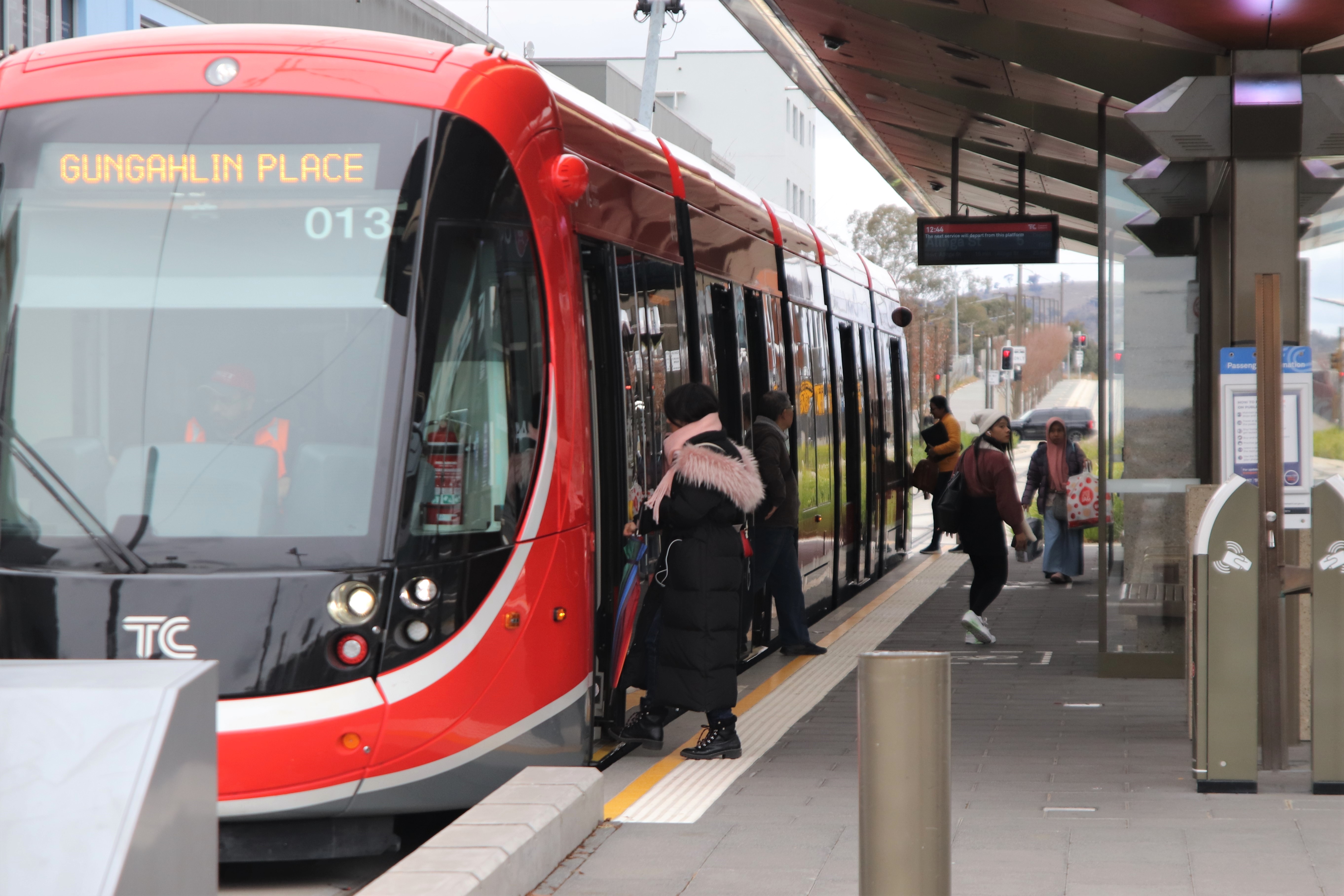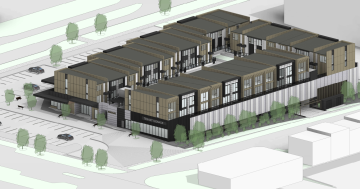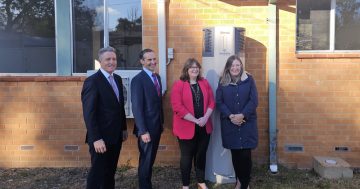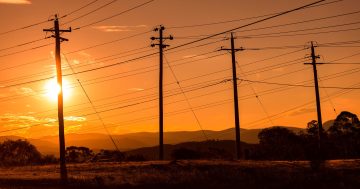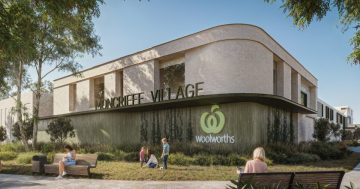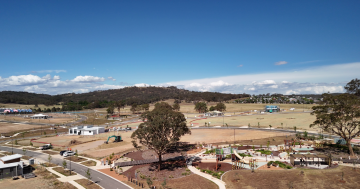The suburb of Harrison has increased its population by three quarters in five short years, with a building boom in unit dwellings spurring on the rapid rise.
According to the latest Census, Harrison’s population is now 7687, a jump of 3246 people since 2011, with units now making up 26.6% of the housing stock compared to 0.3% five years ago.
And that’s not all that’s changing. Here’s how Harrison looked in 2016…
Who lives in Harrison
With a median age of 29, the population of Harrison is young and upcoming. It falls below the Gungahlin median age of 31, the Territory median of 35 and the Australian median of 38.
In fact 42.5% of the suburb’s residents are aged between 20 and 40 comprising 50.1% males and 49.9% females, while a further quarter of the suburb’s population is under the age of 15.
Of those aged 15 and above, 55.8% of the residents are married, 36.5% have never been married, 4.6% are divorced, 2.2% separated and only 0.9% widowed. This represents a higher marriage rate than either the Territory (47.9%) or Australia (48.1%), and a divorce rate that is also a few percentage points beneath the norm.
When it comes to household composition, 77.2% of the population lives as a family, 16.9% are single person households, and 5.8% share with friends. For families, that’s a drop on five years ago when 88.7% of residents lived as a family, only 7.5% lived on their own, and 3.8% shared with friends.
Of the families in the area, 57.9% comprise couples who have an average of 1.8 children under their roof. That figure also represents a slight decrease on 2011 when 60% of households were couples with families with an average of 1.9 children sharing their home.
The latest figures show 30% of family households in Harrison are couples without children, and 10.4% are single parent homes.
How Harrison holds up financially
While the median age may slightly below the Gungahlin mean, the median income is slightly higher. For a household the mean is $2270. It’s not a huge increase on the rest of the region but is $33 per week more than the median Gungahlin figure, over $800 above the national median, and $200 above the ACT.
Almost exactly reflecting the Gungahlin statistics, 32.1% of households have in income above $3000 each week.
But it’s less than Harrison residents were likely to have in their pocket only five years ago when the median household income was a well off $2663 and an astounding 38.3% reported income of above $3000.
Individually, Harrison residents take home $1068 each week, over a third more than the national median of $662.
But where does it go? Well for 46% of the population a median of $2040 goes to a mortgage each month and for 43%, a median of $367 goes to rent each week. This means, while the income is less than 2011, so too are accommodation expenses. In 2011 the median monthly mortgage was $2600, while weekly rent was $421.
How Harrison residents live
An increase in unit dwellings now sees almost half (48.4%) of the population of Harrison living in semi-detached housing or units and flats, which is a jump of 12.5%. In 2011 almost two thirds (63.8%) of the population lived in separate houses, with 35.9% residing in townhouses or semi-detached accommodation.
Since then the dwelling landscape has altered dramatically. Construction of housing stock has seen private dwellings increase from 1436 in 2011 to 2746 in 2016, and 670 units are among the dwellings built in this time.
The result has seen the 0.3% of the population who lived in units or apartments in 2011 shoot up to 26.6% in 2016, while 21.8% are in townhouses, and only 51.6% reside in separate housing. These figures differ greatly from the Gungahlin norm where 8.6% of the population resided in units in 2016.
Meanwhile, 9% of the population owns their home outright, 46% are paying a mortgage and 43% rent. These figures mark an increase in the rental market since 2011 when only 36% were renting their home, 53.6% of residents owned their home with a mortgage, and almost 9% owned their property outright.
And reflecting the rise in units and apartments, the average home is getting smaller. In 2011 almost 80% of homes had four bedrooms or more. Now only 53.9% do, while 18.2% have three bedrooms, 13.9% are two bedrooms, and 12.1% are one bedroom flats.
Place of origin
Like much of Gungahlin, Harrison is embracing multiculturalism but at a much faster rate than other areas. In Harrison in 2011, 65.1% of the population noted they were born in Australia, while in 2016 the majority shifted to see 56.1% residents from another country of origin. Gungahlin in general has a population where 37.8% of residents were born overseas, a rise of 5.4% from 2011.
And in order, the countries outside Australia where residents of Harrison were born are as follows: China (9%), India (7.1%), Korea (2.2%), England (2%), and Vietnam (1.7%).
The number of residents whose parents were born overseas is also on the rise. In 2011, 41.8% of the population noted their parents were both born overseas, while in 2016, 51.4% said both parents were born in a country other than Australia.
Over half (55.6%) of the population speaks English only at home, while 44% also use another language with 9% of residents noting that language is Mandarin, 2.4% speaking Telugu, 2.4% speaking Korean, 2.2% speaking Bengali and a further 2.2% speaking Cantonese.
The final word
Harrison has expanded rapidly since 2011, embracing multiculturalism and an inner city vibe reflected in unit and semi-detached living. Like most of Gungahlin, the suburb is well-off, with young families, couples and singles seeking a place to call home.



